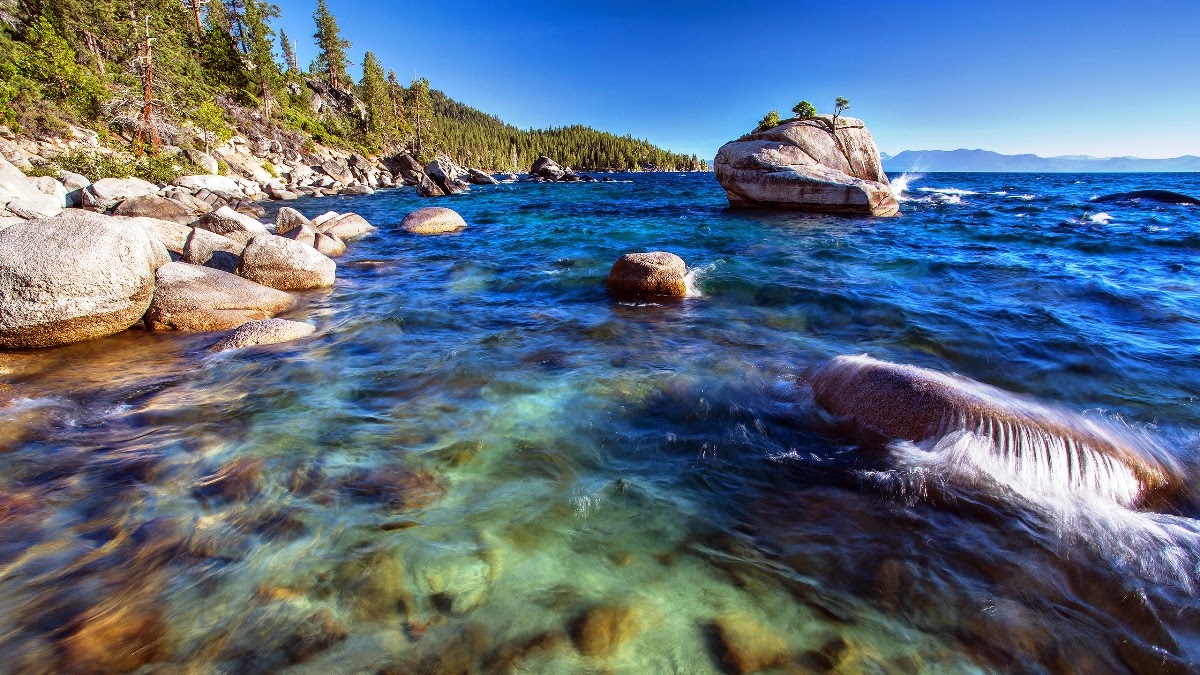Brazil is widely famous for its
beautiful landscape and lively atmosphere. Sugarloaf Mountain (Portuguese Pão
De Açúcar) is one of them and world’s most prominent natural landmark peaks
overlooking the Rio de Janeiro and the entrance of Guanabara Bay, in
southeastern Brazil. The name comes from the unique shape of mountain’s similarity
to a concentrated sugarloaf used in the 19th century, so acquainted
in the city during its sugar cane hey-day.
The shape, the conical, granitic
peak 1,296 feet lies at the end of a short range between Rio de Janeiro and the
Atlantic Ocean. A cable car which was first installed in 1912, blossoming the
tourists industry to operate from its summit to the adjacent Urca Hill, nearby
the foot of which is the site of the Praia Vermelha Campus of the Federal
University of Rio de Janeiro. The summit of the Sugarloaf can be reached by
cable car, from where the sights over the city and the bay are remarkable. Tourists
from all over the world are attracted to this striking landmark every year and
it continues to be one of the most visited places in Brazil. Reaching the top
of Sugar Loaf is actually about four to five hours round trip.
Rock Climbing at Sugar Loaf
Mountain is one of the largest and most admired urban rock climbing endpoints
in the world. There’re over 270 different routes to explore in the area as you
climb high above the Atlantic Ocean and the sprawling Rio de Janeiro. You can
give it a hand yourself, or watch other adventurers conquer the iconic
mountain. Sugar loaf neighboring mountains are adding tranquil beauty of the
entire peninsula. Morro de Babilonia, or Babylon Mountain and Morro de Urca, or
Urca's mountain are two neighboring natural wonders. These two mountains are
also accessible to the public and open to rock climbers.
Morro de Urca offers a play area
for children and a restaurant that serves up delightful dishes. Guanabara Bay a
historic Guanabara Bay stretches in front of Sugar Loaf Mountain. Translated as
"the bosom of the sea", it was home to a number of fortifications
built by the colonial government in the 16th century. As with Corcovado,
climbing the back side of Sugar Loaf is possible for the daring fighter. It’s
not very well recognized because the hiking trail paths near where you catch
the cable cars are blocked by a pillar to dispirit the curious hiker. Walk
around them and you’re on your way. Be advised. This is a very rugged climb and
not for the uninformed, and once you reach the top you won’t able to climb down
and you can’t buy a ticket at the top. Buy your one-way ticket first and take
it with you.
Guanabara is made up of more than
130 islands and surrounded by attractive natural scenery you can grasp from high
above as you tour the mountain. Two comfortable cable cars take visitors to the
summit where they can relish fabulous views of Rio de Janeiro from a height of
1,296 feet. The cable cars themselves are enclosed by glass panels. As you start
to ascend to the very top, you can get the wonderful experience of breathtaking
views unfolding below you. Because Sugarloaf Mountain sits on a peninsula that
stretches into the Atlantic Ocean it offers a unique scenic combination of a
bustling city, a tranquil bay, and a sparkling ocean. You will love reaching
the summit, but the journey there will be just as enjoyable.
It is believed, that 600 million
years ago Mother Nature’s geologic hand formed a princely natural wonder, which
has converted into most commonly recognized and sought after tourist attraction
in Rio. But it has served its past inhabitants equally well. Navigators for
years would spot the imposing figure as the entrance to Guanabara Bay. The
first Portuguese arrivers chose the landmark as a settling location for the
magnitude of visibility afforded towards the sea and mountains assuring their
continued protection. Riding or walking, Sugar Loaf Mountain is an undying
attraction which should be taken advantage of by all who visit Rio. Without any
doubt the views are gorgeous, the photo ops endless, and most of all the
experience priceless!




























































